Galleries
In the Shadow of Europe’s Rising Far-Right, Warsaw Gallerists Are Trying to Find a Way Forward—by Drawing on Their Socialist Past
The second edition of Poland’s international gallery share Friend of a Friend comes at a crucial moment.
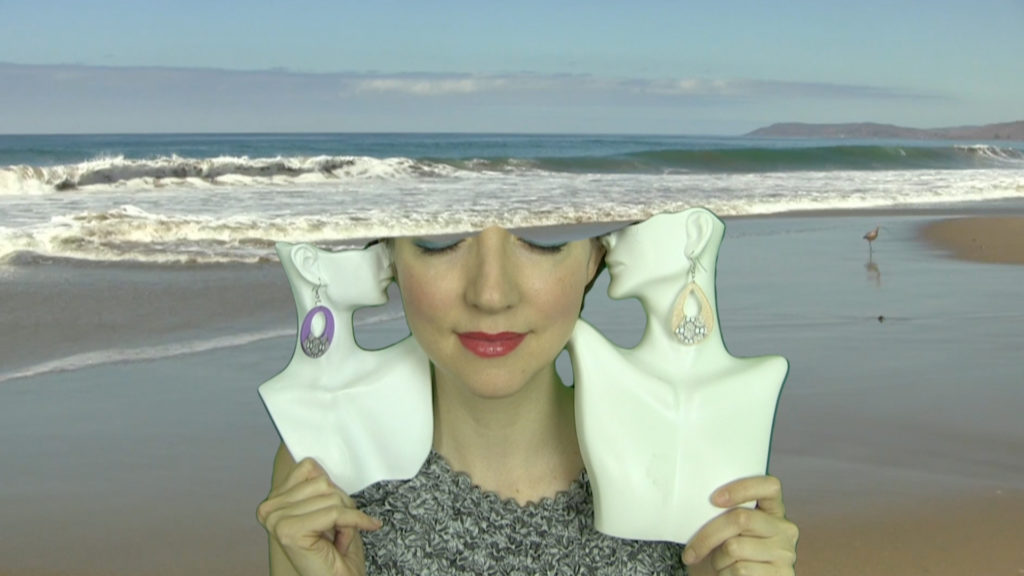
The second edition of Poland’s international gallery share Friend of a Friend comes at a crucial moment.

Kate Brown

Warsaw is an unusual place. Its skyline, systematically razed during the war, now consists of a motley crew of skyscrapers that are atypical to Europe. A huge blue glass building with a MetLife logo marks the site of a former synagogue and, just down the way, a Soviet behemoth, the Palace of Culture and Science, spreads over one million square feet—a political flex and controversial reminder of the occupation that lasted until 1989.
The skyline seems to present various answers to a question on Poland’s mind: How do you move forward when starting again, without a blueprint? How do you build up?
Similar questions are being posed by the city’s dynamic art scene. Last weekend, the second edition of Friend of a Friend (FOAF), Warsaw’s answer to the gallery-share program Condo, took over nine galleries across the Polish capital. They hosted 16 emerging international dealers from cities as far afield as Los Angeles, Tokyo, and Tbilisi.
The art scene in the central European country has grown considerably since the nation shifted into capitalist gear after the retreat of the Soviet Union. But it’s still far from being in step with some of its neighbors, especially when it comes to the international art market. Now, Warsaw’s post-Soviet crop of dynamic galleries want to change that and—unlike the surrounding skyline, which seems altogether confused and self-combative—they are working in formation.
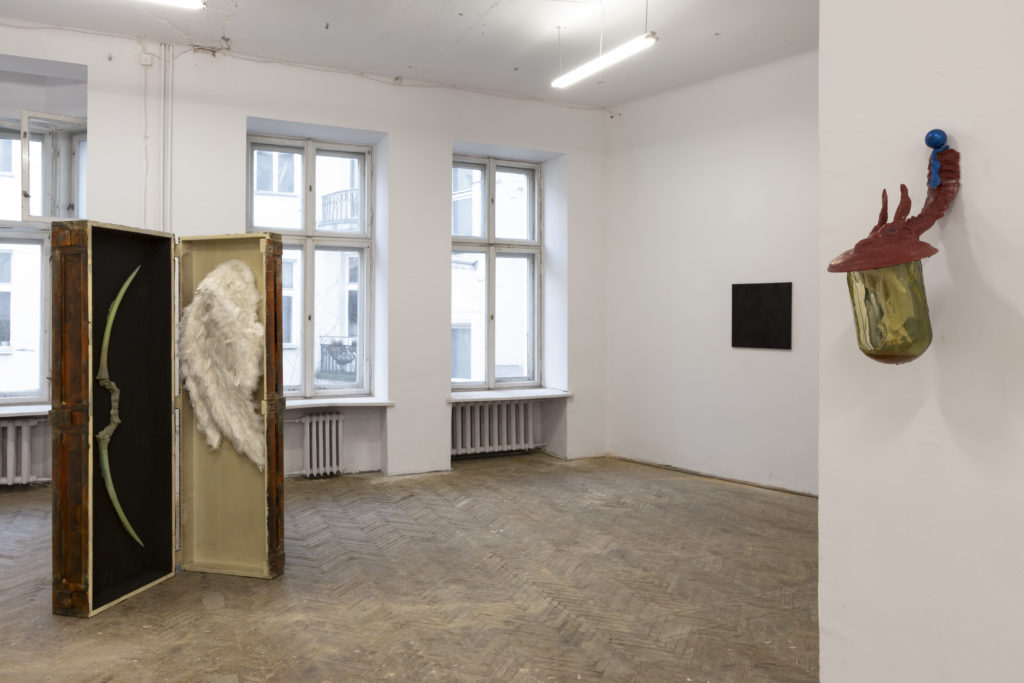
Isaac Lythgoe (Piktogram, Warsaw) and Kate Spencer Stewart (Park View / Paul Soto, Los Angeles and Brussels) at Piktogram. Photo: Mateusz Sadowski.
After all, solidarity is key in a time like this. Poland’s nationalist governing party, Law and Justice, and other far right groups are waging a campaign of intolerance against Europe, LGBTQ+ people in their own country, and immigrants in general. The liberal-leaning mayor of Gdansk, Paweł Adamowicz, was stabbed by a 27-year-old man on live television this January, seeming to confirm the widening polarity within the nation of 37 million. And as Europe’s fate lies in the balance ahead of the European Parliamentary elections this May, Euroskeptic propaganda is at a high in Poland and elsewhere.
Of course, art cannot solve these complex problems directly; certainly, galleries cannot. But the international gallery-share, like any cultural exchange, does introduce a broadening of perspectives to an otherwise somewhat isolated art scene. There is no art fair or biennial here. Most of the foreign gallerists admitted with a mix of embarrassment and surprise they had never come to Polish capital before.
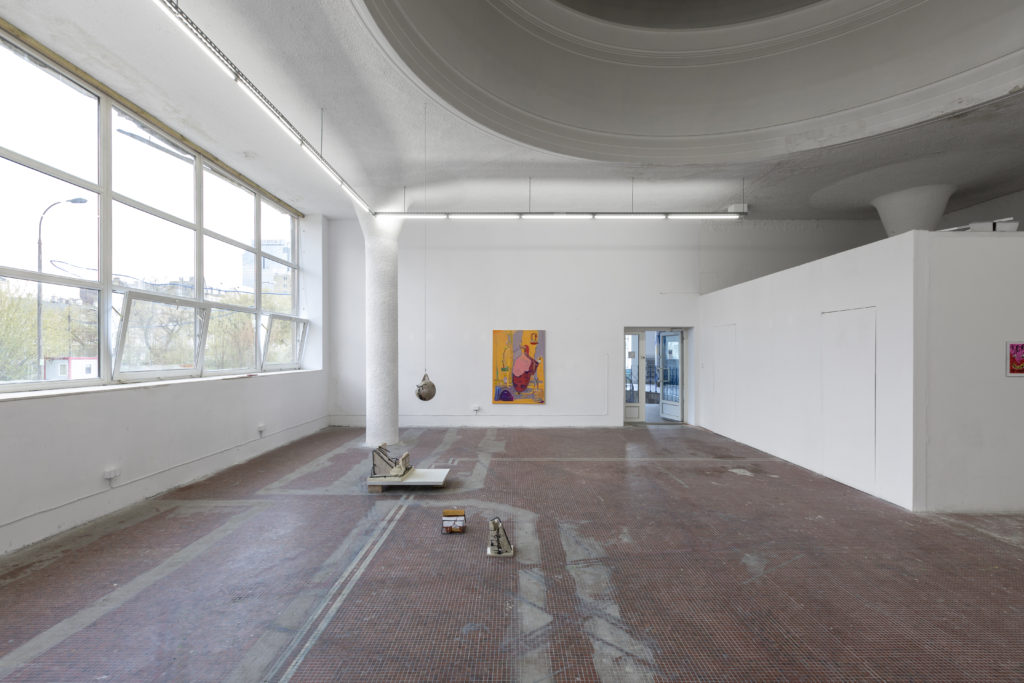
Stefanie Heinze (LC Queisser, Tbilisi) and Evita Vasiljeva (Wschód) on view at Wschód. Photo: Mateusz Sadowski.
“There is no political statement expressed out loud behind FOAF,” say Zuzanna Hadryś and Michał Lasota of Stereo, who co-founded the event. “But the values we are referring to are universal and may be treated as political. These values are simple and are basic for the surviving of a community: it is solidarity and hospitality. We have this under-skin conviction that if we replace competition and conflict by cooperation, everything will work for better.”
The best exhibitions on view are those that pair the work of Polish artists with international ones. The gallery Pola Magnetyczne is presenting an installation of a glass shelf by 72-year-old Polish artist Teresa Gierzyńska, which contains various pastel photocopied images under glass panels. The xeroxed works, all personal photographs that Gierzyńska culled from her family’s Soviet-era albums, are darkened, scratched, and somewhat traumatized by being processed through a photocopier.
All these memories, which speak of a difficult time in Poland after the war, are paired with paintings of delicate, faded figures in light pastels by German artist Isabelle Fein (presented by guest gallery Parisa Kind from Frankfurt). Together, the works are testaments to the melancholy of a fleeting moment across time, space, and age.
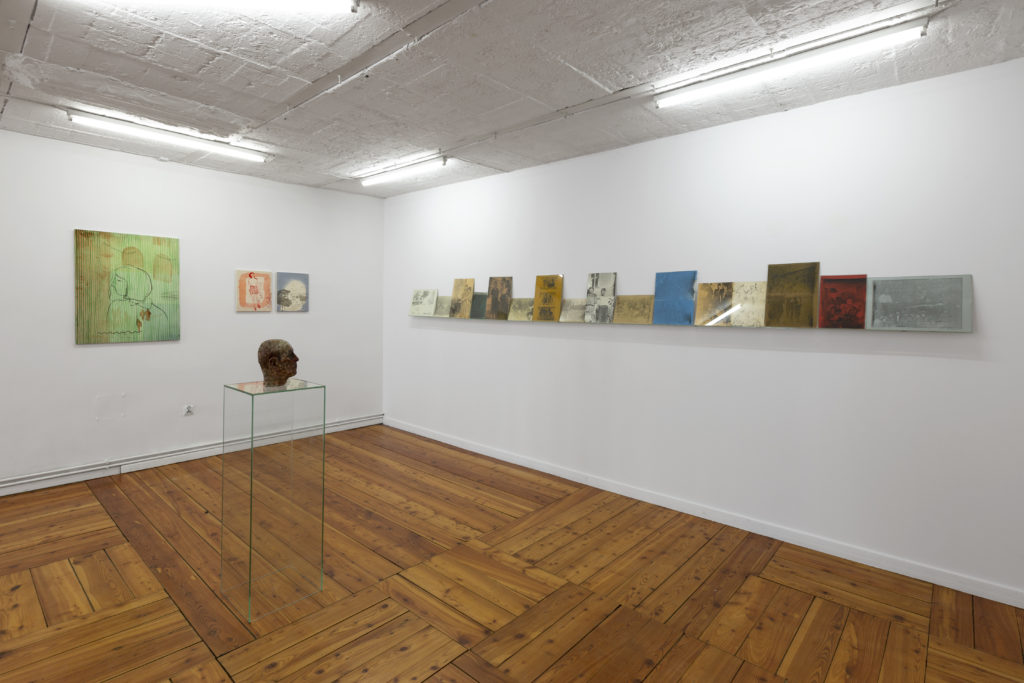
Teresa Gierzyńska (Pola Magnetyczne) and Isabelle Fein (Parisa Kind, Frankfurt am Main) at Pola Magnetyczne.
Downtown in another area with a disorienting mix of architecture, the two co-founding galleries Stereo and Wschód find a home at the site of a former printing factory, complete with two large glass skylights, tiled pillars, and spiral staircases. There, Polish artist Gizela Mickiewicz presents industrial sculptures alongside Polish-Canadian Aleksander Hardashnakov’s haunting paintings (presented by London’s Union Pacific).
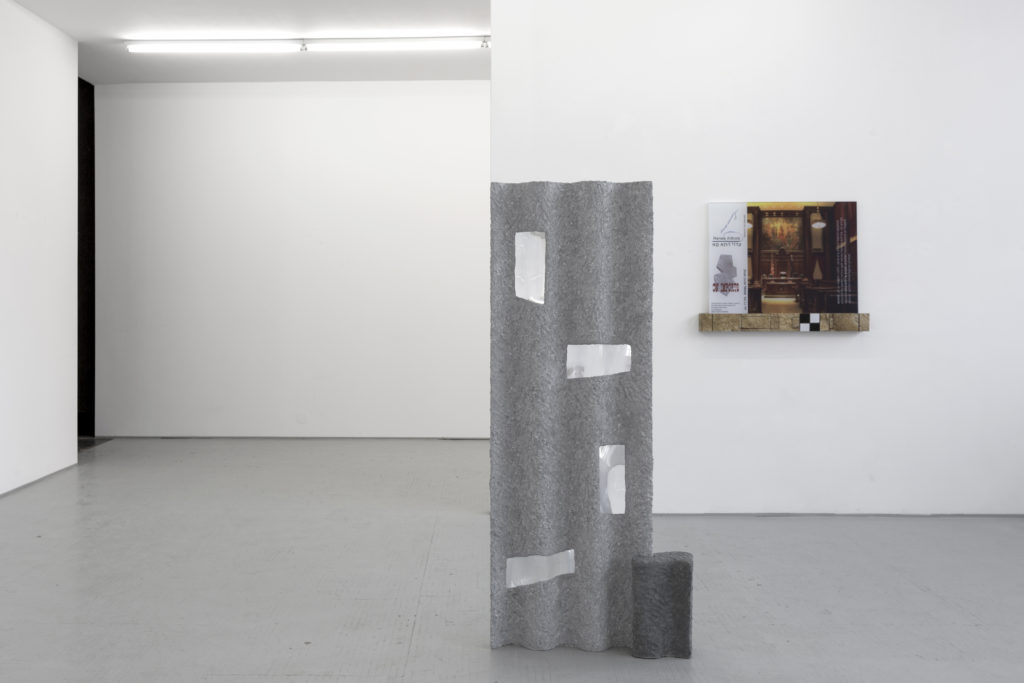
Gizela Mickiewicz (Stereo, Warsaw) and Libby Rothfeld (Bureau, New York) at Stereo. Photo: Mateusz Sadowski.
Throughout the weekend, visiting and local collectors and curators taxied, trammed, and walked around the spread-out city (there doesn’t yet seem to be an arts district). The Condo format has so far favored art hubs like London and Shanghai: the founders of FOAF asked to join the Condo franchise last year, but were turned down because Condo has a one-per-continent rule. The gallery share format, however, feels more urgent here—a city in central Europe that is both dynamically creative and peripheral to the gravitational pulls of the art markets to the East and West.
Visiting galleries did not report fast sales, but said that they met many collectors and interested curators from Poland. “At a fair, you have maybe thirty seconds to hook someone’s interest,” one visiting gallerist told me. “To have maybe 15 minutes to speak with someone here, and then to be able to run into them a few more times is really vital for building a lasting relationship.” Two galleries referred to the share as “low-stakes:” it’s not hard to feel at ease when there are no booth fees hanging over your head. After all, FOAF is free, you just need to get yourself there.
“Polish collectors most often like to buy Polish art,” one Warsaw-based gallerist said. “We want to show them the diversity by contextualizing our artists with like-minded international positions.” In the spirit of integrating international art into their own landscape, FOAF’s founders also developed a prize for visiting galleries; the winner has an artwork acquired by the Museum of Modern Art in Warsaw. This year, video and performance artist Shana Moulton’s surreal 2014 video MindPlace ThoughtStream, showing with Zurich-based Gregor Staiger, will be acquired by the institution.
“Of course FOAF is only temporary and so it’s a break from an everyday struggle,” say the gallerists of Stereo. “But hopefully it teaches us all a lesson in a broader social sense.”
Friend of a Friend is on view at various locations across Warsaw, Poland, until April 27.

Stefanie Heinze Gloth Growth, 2019. Courtesy of the artist and LC Queisser, Tbilisi on view at Wschód. Photo: Gunter Lepkowski.